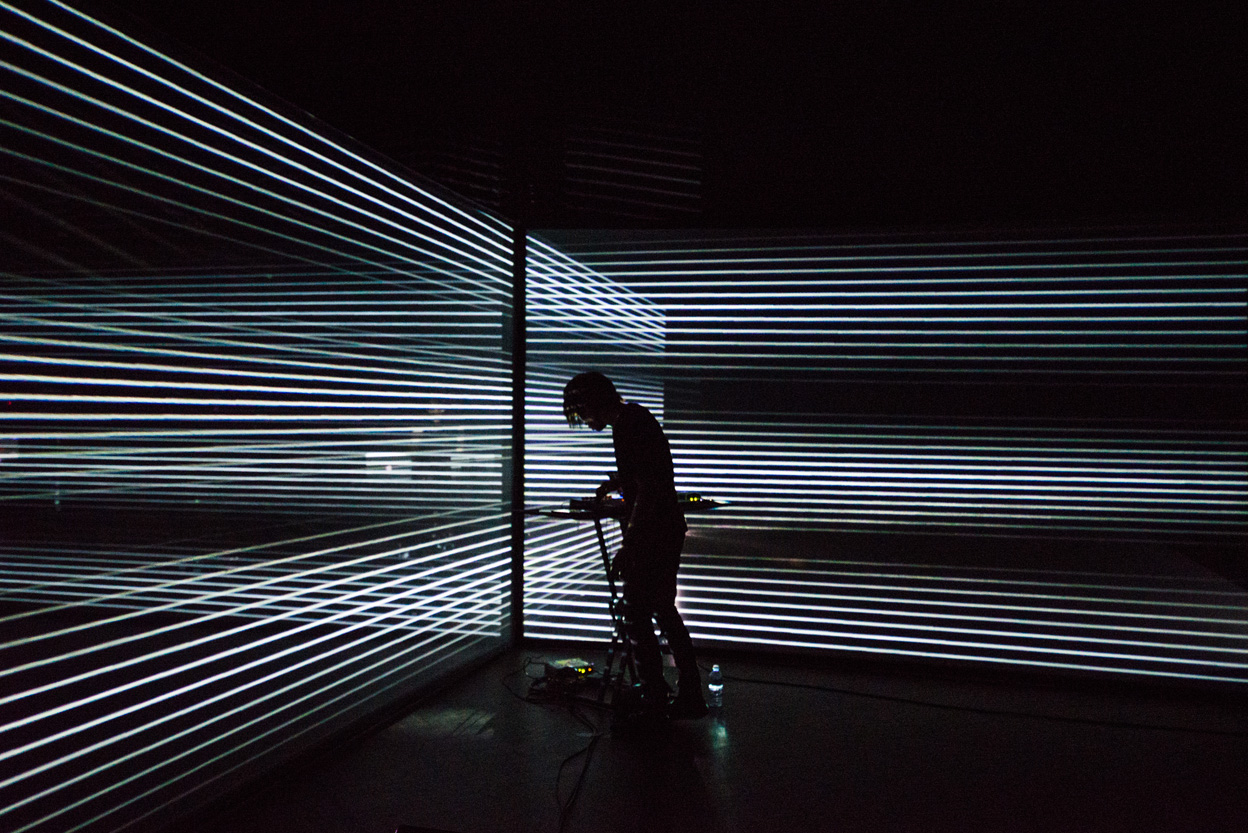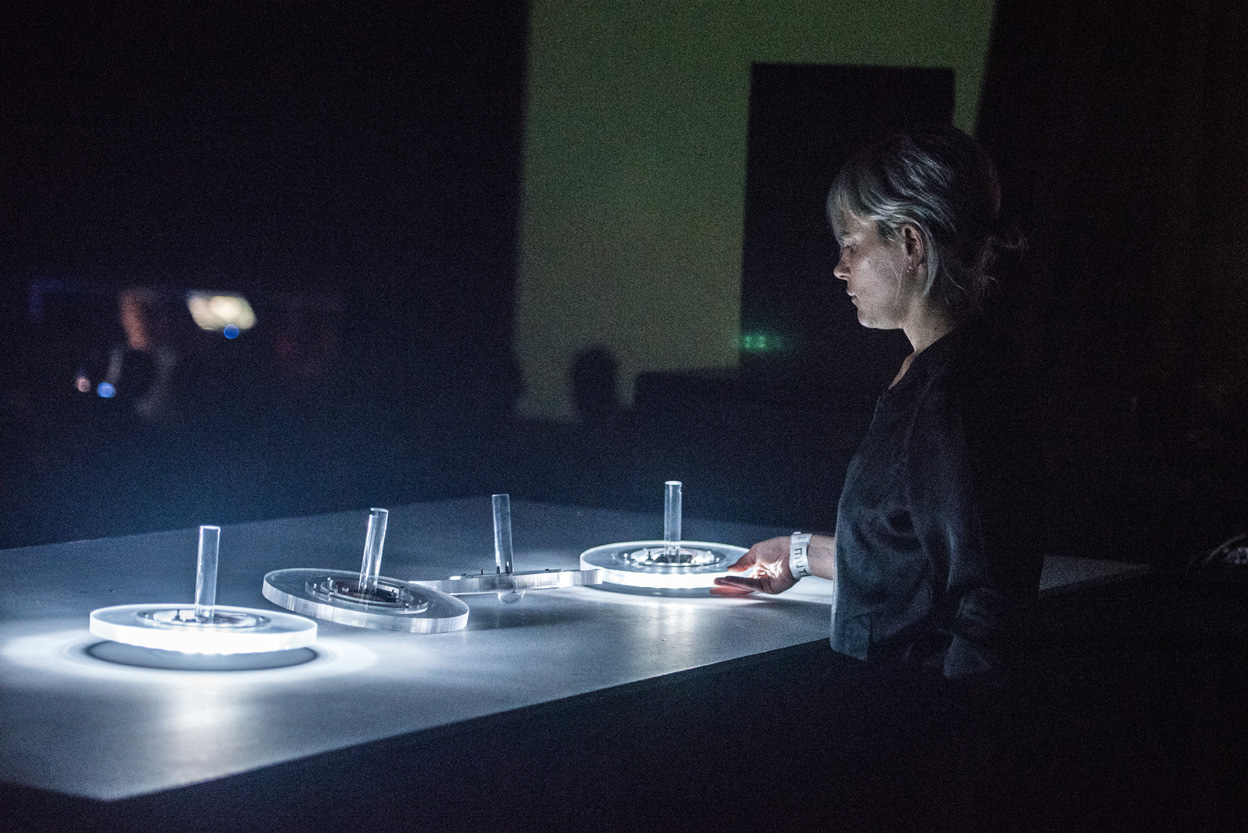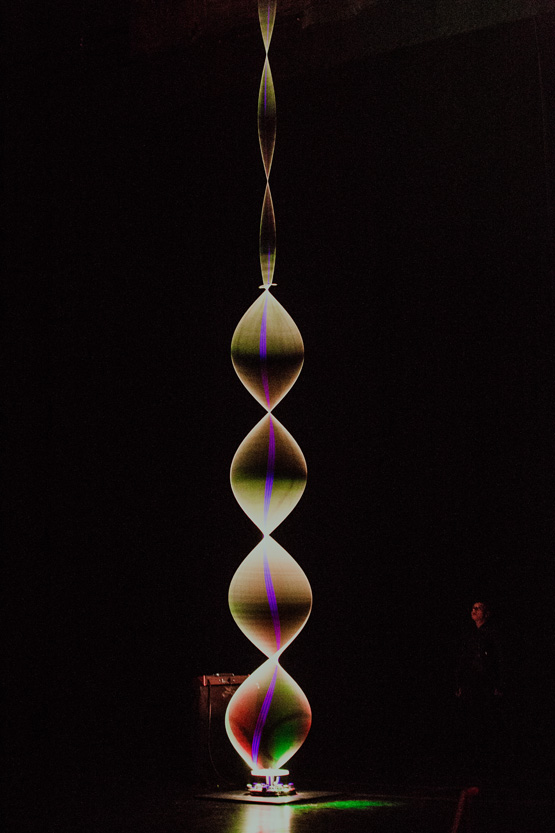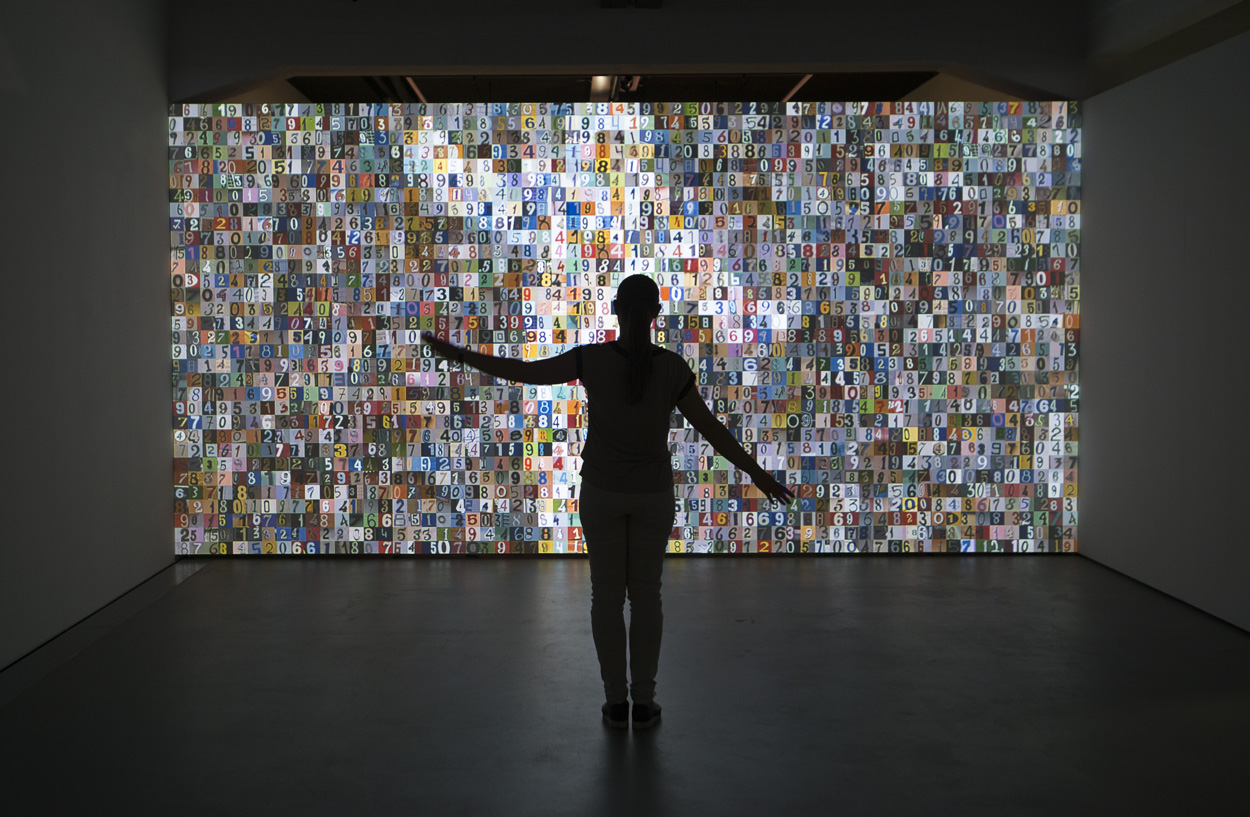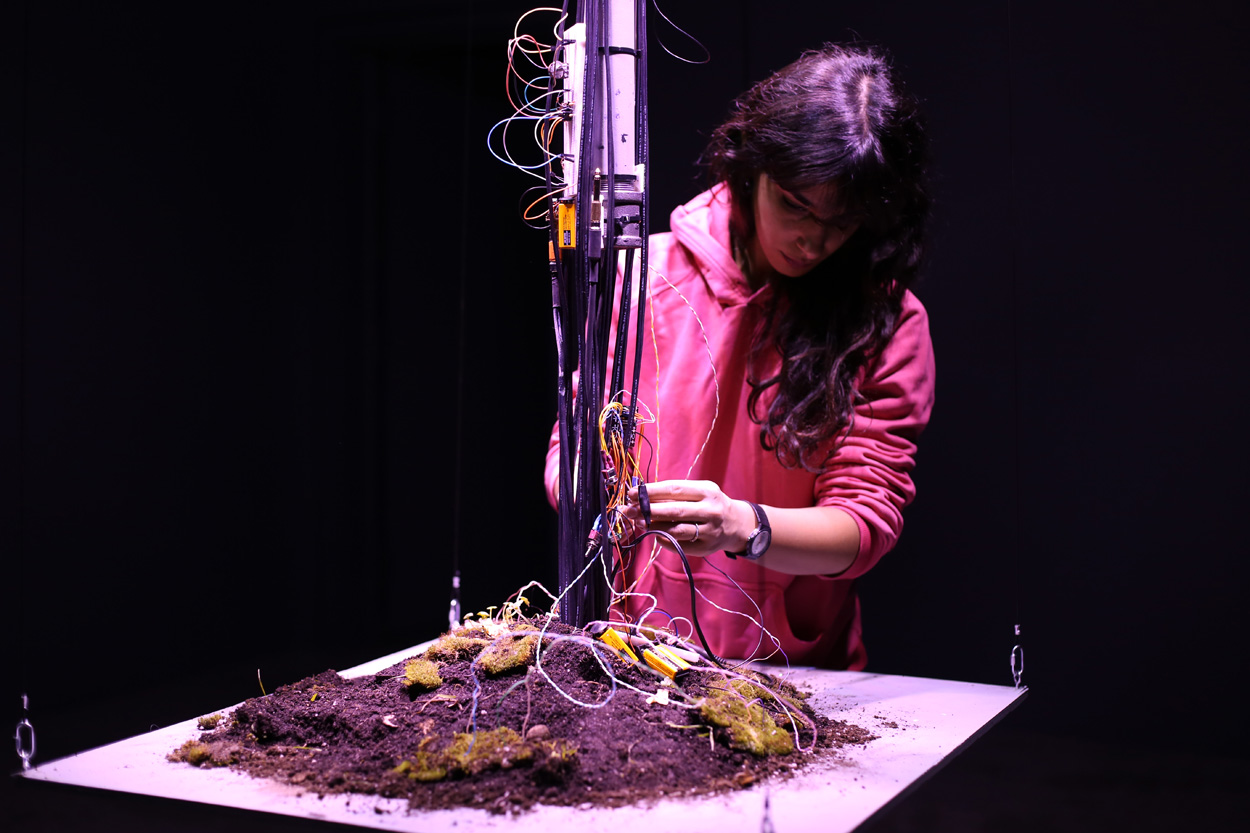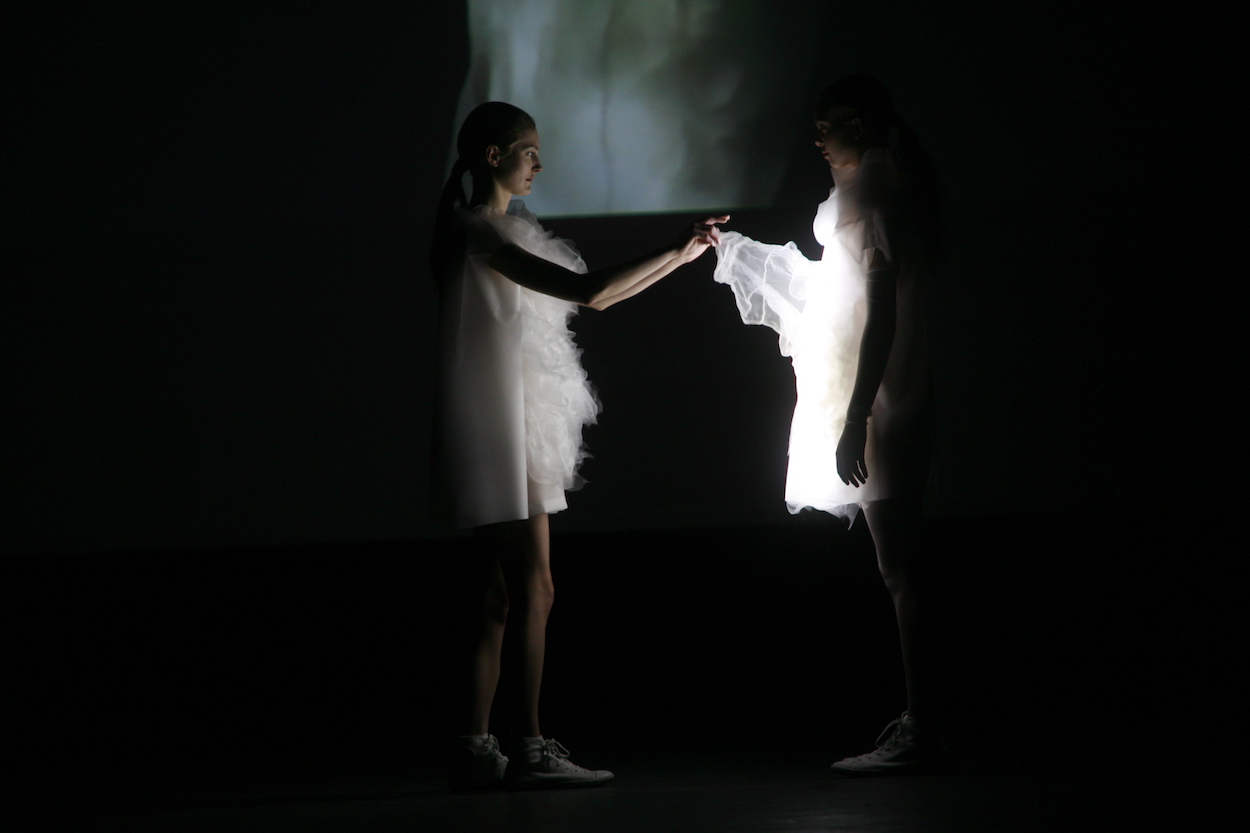When Buckminster Fuller erected a massive geodesic dome, dubbed Biosphere, for the United States’ pavilion at the 1967 World Exposition in Montreal, it marked a watershed moment for the cross pollination of architecture, art, and technology. More than 50 years later, the dome’s legacy lives on in the Francophonic city that sits on the bleeding edge of new-medium arts. Bolstered by world-class institutions, artist-friendly government policies, and a thriving electronic music scene, Montreal has emerged as one of the global leaders in digital creativity.
Mexico City–born Rafael Lozano-Hemmer is one of the many new-media artists who have made Montreal home. His large-scale interactive projects have transformed New York City’s Park Avenue Tunnel into a giant microphone (“Voice Tunnel”), dotted the Abu Dhabi skyline with a series of heartbeat-powered signals (“Pulse Corniche”), and facilitated a globetrotting digital flash mob (“Body Movies”). It was Fuller’s Biosphere, along with a multidisciplinarity ecosystem, that first inspired Hemmer to relocate to Montreal. “It’s the city where animation and immersion were perfected in the pioneering works of the National Film Board,” he says. “The music scene is powerful. [Jazz legend] Oscar Peterson grew up here, as well as masters of electro-acoustic and contemporary classical music, jazz, electronic, pop, noise, and sound art.” Homegrown tech-influenced musicians, from Stars and Grimes to Tim Hecker to experimental collective Godspeed You! Black Emperor, marshal what is considered to be a mecca of electronic music, as seen by the perennially packed calendar of digital festivals (Mutek, Elektra) and art spaces (Arsenal, Phi Centre) hosting experimental performances.

